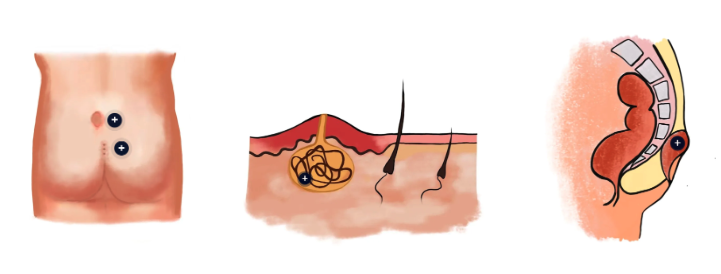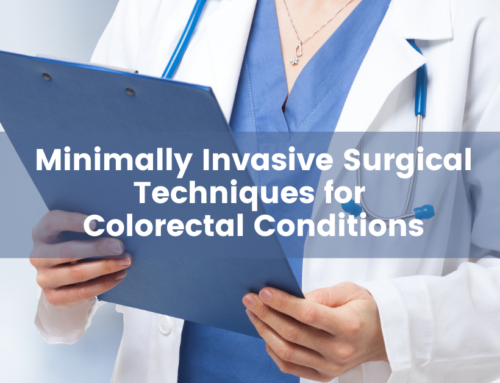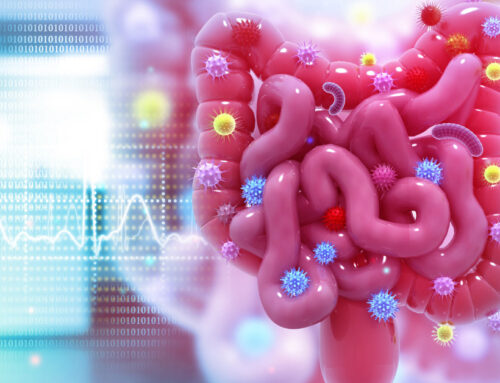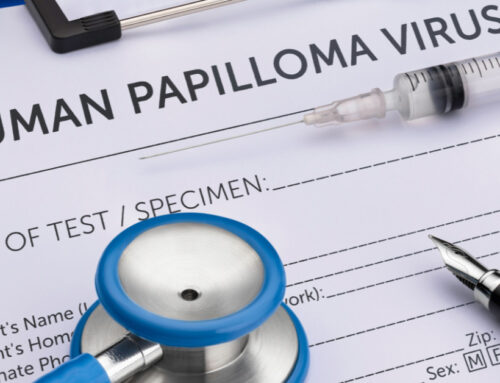Pilonidal cysts are painful, often recurring skin conditions that form near the tailbone at the top of the buttocks crease. These cysts can become infected and filled with pus, leading to swelling, tenderness, and sometimes drainage. Though more common in men, pilonidal cysts in women do occur and can be just as uncomfortable and disruptive.
What Causes Pilonidal Cysts?
The exact cause of pilonidal cysts is still debated, but the most widely accepted theory is that they are caused by ingrown hairs. When hair punctures the skin and becomes embedded, the body reacts with inflammation. Over time, this creates a cyst that can become infected.
There are several common causes of pilonidal cysts.
- Friction from prolonged sitting.
- Excess body hair or coarse hair.
- Poor hygiene or sweating.
- Obesity.
- A sedentary lifestyle.
- A family history of pilonidal cysts.
Pilonidal Cyst Symptoms
Symptoms can vary depending on whether the cyst is infected. In early stages, a person may notice a small dimple near the tailbone. Once infected, symptoms often escalate.
Common pilonidal cysts symptoms include:
- Pain or tenderness near the tailbone
- Swelling or a lump at the base of the spine
- Pilonidal cyst itching or burning sensation
- Redness or warmth around the area
- Drainage of pus or blood from an opening in the skin
- Foul odor from the draining fluid
- Fever or chills (if infection spreads)
Wondering what pilonidal cysts look like? Most appear as swollen bumps or abscesses near the tailbone, sometimes with visible hair or drainage.

What is Inside a Pilonidal Cyst?
The contents of a pilonidal cyst typically include hair, dead skin cells, and fluid. When infected, it can fill with pus, becoming an abscess. Left untreated, a chronic infection can develop, requiring more extensive medical intervention.
How to Get Rid of Pilonidal Cysts
Non-Surgical Options for Treating Pilonidal Cysts
Some patients explore pilonidal cyst treatments without surgery, especially if the cyst is not yet infected.
Options include:
- Warm compresses
- Sitz baths
- Hair removal in the affected area
- Antibiotics (note: pilonidal cyst antibiotics can help with infection, but won’t eliminate the cyst itself)
However, treatment for pilonidal cysts often depends on the severity of the condition.
Pilonidal Cyst Medical Procedures
When infection occurs or when the cyst recurs frequently, a medical procedure is often necessary, and there are two main options to choose from.
1. Pilonidal Cyst Incision and Drainage (I&D)
This is often the first-line pilonidal cyst medical procedure for infected cysts. A surgeon will:
- Numb the area
- Make a small incision
- Drain the infected material
This provides immediate relief, but pilonidal cysts drainage alone may not prevent recurrence.
2. Pilonidal Cyst Extraction or Removal
Surgical removal is recommended for recurrent or chronic cysts. The procedure may involve:
- Complete excision of the cyst and sinus tracts
- Stitching the wound closed (primary closure) or allowing it to heal naturally (open healing)
Patients often ask, can pilonidal cysts come back? The answer is yes — especially without complete surgical removal or if aftercare is not followed properly.
Pilonidal Cyst Surgery Recovery: What to Expect
Recovery from pilonidal cyst surgery depends on the type of procedure and the patient’s overall health.
After Surgery:
- Healing time ranges from 2 to 6 weeks
- Daily wound care is essential
- Avoid prolonged sitting, sweating, or heavy activity
- Keep the area clean and free of hair (your surgeon may recommend laser hair removal)
- Follow up for dressing changes and wound evaluation
Pilonidal cyst after surgery care includes monitoring for signs of infection and following wound care instructions closely to promote healing and prevent recurrence.
Are Pilonidal Cysts Cancerous?
If you or someone you love has been diagnosed with a pilonidal cyst, it’s natural to feel concerned — and you might even wonder, “Could this be cancer?” The good news is that pilonidal cysts are almost always benign. While they can be painful and prone to infection, they rarely pose a serious health risk.
Rare Cancer Risk with Long-Term Inflammation
Although very rare, there have been a handful of documented cases where long-standing, untreated pilonidal disease developed into a type of skin cancer called squamous cell carcinoma. This is more likely to occur in individuals who have struggled with chronic infections, frequent flare-ups, or repeated surgeries over decades. In these instances, the continuous inflammation and tissue damage may contribute to abnormal cell growth.
Out of the small percentage of people who develop pilonidal cysts (around 0.7% of the population), only a tiny fraction — about 0.1% — have gone on to develop cancer at the site. Most published reports involve patients who lived with the condition for more than 20 years.
Why Regular Medical Care Matters
Because symptoms like drainage, swelling, or pain can mask more serious developments, it’s important to stay in regular contact with a healthcare provider if you have a recurring pilonidal cyst. Early treatment and monitoring are essential to preventing complications, and surgery can often stop chronic flare-ups before they cause lasting damage.
It’s worth noting that squamous cell carcinoma is generally a less aggressive skin cancer when detected early. However, if it goes unnoticed for a long time — especially inside a cyst or sinus tract — it can spread to other parts of the body.
While it’s understandable to feel anxious about a new or ongoing diagnosis, you can rest assured that pilonidal cysts are not inherently cancerous. The overwhelming majority of people will never experience cancer at the site of a pilonidal sinus. The key is to address infections promptly, follow your doctor’s guidance, and report any unusual changes right away.
When to See a Specialist
If you notice persistent pain near your tailbone, especially with swelling, drainage, or redness, it’s time to consult a colorectal specialist. A board-certified surgeon like Dr. Lynn M. O’Connor can evaluate your case and recommend a customized plan — whether that’s observation, drainage, or surgical removal.
Final Thoughts
Pilonidal cysts are more than just a nuisance — they can become chronic, painful, and affect your quality of life. With proper care, including early diagnosis and appropriate treatment, patients can experience full recovery and long-term relief.
Whether you’re wondering how to get rid of a pilonidal cyst, exploring non-surgical options, or preparing for surgery for pilonidal cysts, you don’t have to navigate it alone.
Schedule a consultation with Dr. O’Connor to receive expert care from a colorectal surgeon who understands the complexities of this condition.




